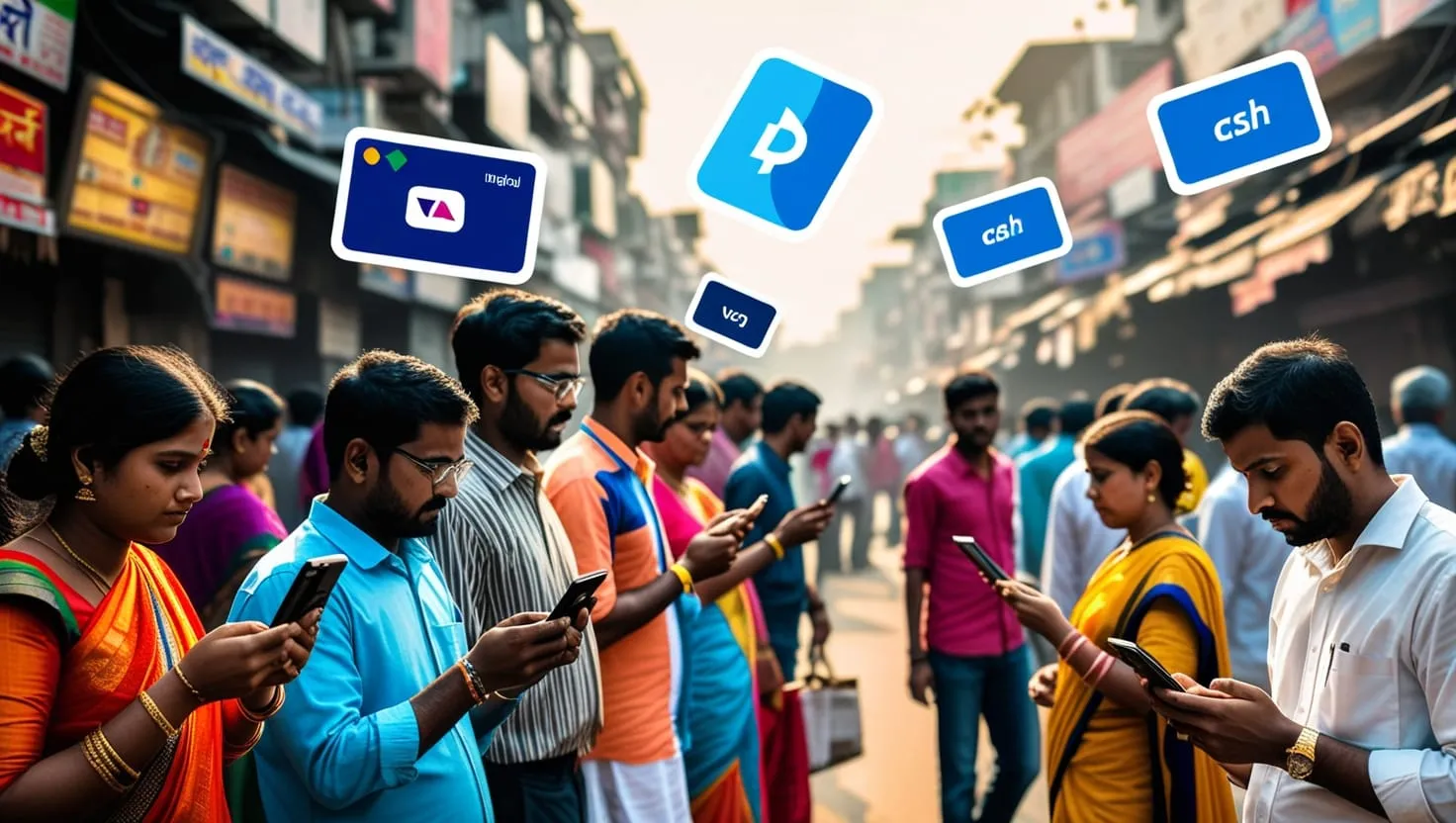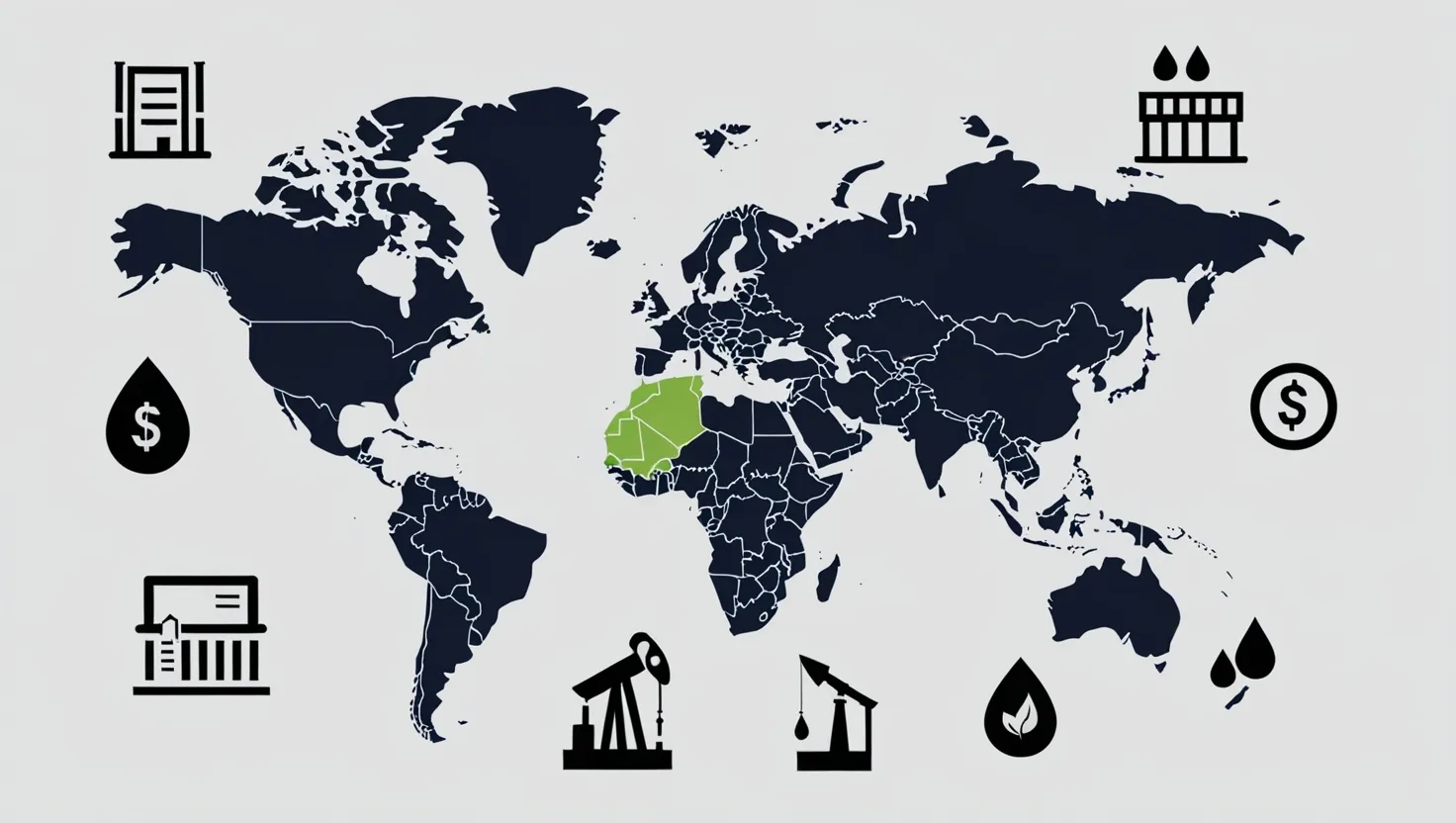In the bustling streets of Mumbai, Arun, a young professional, has embarked on a journey that reflects the financial revolution sweeping across India. His daily life is a testament to how digital wallets are transforming the way people manage their finances, make purchases, and save money. Let's delve into Arun's world to understand the subtle yet powerful ways digital wallets are reshaping financial behaviors.
Arun's day begins like many others in urban India – with a cup of coffee purchased using a UPI (Unified Payments Interface) transaction. This simple act is part of a broader shift towards a cashless society. Digital wallets, such as Paytm, Google Pay, and PhonePe, have made transactions seamless and instant. The convenience is undeniable; with just a few taps on his smartphone, Arun can pay for anything from groceries to utility bills.
However, this ease of use comes with its own set of psychological triggers. Digital wallets are designed to make spending feel less painful. When you use cash, you can see the money leaving your wallet, which can be a deterrent to spending. In contrast, digital transactions are abstract, making it easier to part with money without the tangible feeling of loss. This phenomenon is often referred to as the "pain of paying," and digital wallets have significantly reduced this pain, leading to increased spending.
Arun's experience with digital wallets also highlights the impact on his savings decisions. Many digital wallet apps now offer micro-savings features that encourage users to save small amounts regularly. For instance, Arun can set up an auto-debit feature that transfers a small amount from his digital wallet to a savings account every week. This micro-savings approach makes saving feel less daunting and more manageable, especially for young professionals who might find it challenging to save large sums.
The psychological aspect of digital wallets extends beyond just spending and saving. They also influence budgeting and cash flow management. Traditional budgeting often involves categorizing expenses and tracking them manually, which can be time-consuming and prone to errors. Digital wallets, however, provide real-time transaction tracking and categorization, making it easier for Arun to keep tabs on his expenses. This transparency helps him identify areas where he can cut back and allocate his money more efficiently.
Moreover, the integration of digital wallets with e-commerce platforms has further altered consumer behavior. Arun often finds himself making impulsive purchases online, driven by the instant gratification that digital transactions offer. This is not just about the convenience; it's also about the psychological satisfaction of getting something immediately. Studies have shown that the use of digital wallets can lead to a spending-boosting effect, as consumers feel less restrained by the immediate financial consequences of their purchases.
Despite these benefits, there are also concerns about security and privacy. Arun, like many other users, has had his share of worries about the safety of his funds and personal information. The perceived risk of using digital wallets – including security risks, privacy risks, and monetary risks – remains a significant barrier to adoption. However, as technology advances and more stringent security measures are implemented, these concerns are gradually being addressed.
The transition from a cash-based economy to a digital one is not without its challenges. India's diverse population, with varying levels of technological literacy, presents a unique set of issues. For instance, older generations may find it difficult to adapt to digital wallets, preferring the familiarity of cash transactions. However, initiatives such as financial literacy programs and user-friendly interfaces are helping to bridge this gap.
Arun's story also underscores the role of brand loyalty and usefulness in the adoption of digital wallets. He prefers using a particular digital wallet because it offers him rewards, discounts, and a seamless user experience. These factors have become crucial in determining which digital wallet services gain traction in the market.
In addition to individual behaviors, digital wallets are also impacting the broader economic landscape. They are facilitating financial inclusion by providing access to banking services for people in rural and underserved areas. This has opened up new avenues for economic growth and development, as more people are able to participate in the formal financial system.
As Arun navigates this digital financial world, he is not just a consumer; he is part of a larger experiment in behavioral economics. The designers of digital wallets are constantly studying user behavior to optimize their platforms. They use data analytics to understand spending patterns, identify trends, and develop features that encourage certain behaviors. For example, some digital wallets offer features like budgeting tools and savings challenges to help users manage their finances better.
In conclusion, Arun's journey with digital wallets reflects the profound impact these tools are having on financial behaviors in India. From the ease of transactions to the psychological triggers that influence spending and saving, digital wallets are reshaping traditional notions of budgeting and cash flow management. As India continues its rapid transition to a digital economy, it is essential to understand these dynamics and harness them for better financial health.
For those like Arun, who are deeply embedded in this digital financial ecosystem, the key is to be aware of these influences and use them wisely. By leveraging the benefits of digital wallets while being mindful of the potential pitfalls, individuals can make more informed financial decisions. As we move forward in this cashless society, it is crucial to reflect on our own digital spending patterns and how we can use these tools to achieve greater financial stability and prosperity.






